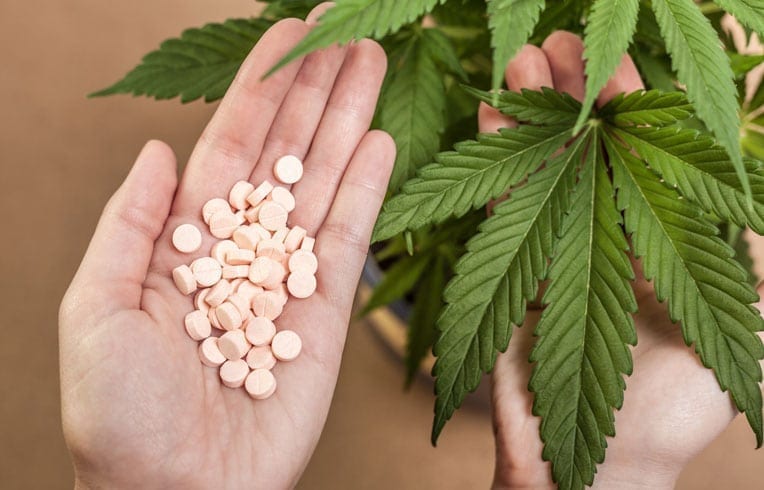Health and Wellness News, Research
Study Shows Cannabis Is A Safe Treatment As Opioid Alternative
The Study:
The recent study was conducted at the St Vincent’s Hospital in Melbourne, Australia, and the Emerald Clinics (EMD) in Perth, suggests cannabis is a safe option for patients to integrate into their current pain treatment.
That includes patients who already consume high doses of opioids.
The company administered its ZTL-103, a 1:1 THC/CBD formulation to chronic pain (non-cancer) patients who used at least 60 milligrams of morphine or similar opioids daily. After a two-week dosing period, patients reported reduced levels of pain, stress, depression and anxiety, while experiencing no serious side effects.
“This study not only reinforces that cannabis can be safely administered in increasing amounts to treat pain, but can be safely taken concurrently with high daily doses of opioids,” says Zelira CEO Dr. Oludare Odumosu. “These promising results lay the groundwork for our further study on pain management among retired athletes.”
This trial aimed to assess the safety of Zelira’s cannabis formulation, ZTL-103, in patients with chronic pain who are already on long-term, high-dose opioid treatment.
The downside of prescription opioid treatment is the links to serious side effects including physical dependence. In the U.S., an estimated 49,000 people died from an opioid overdose in 2017.
Nine patients were enrolled and seven completed the study. The average patient age was 58 years and the average Morphine Equivalent Daily Dose (oMEDD) was 93 milligrams per day.
Patients were treated with a single dose of ZTL-103, containing five milligrams of total cannabinoids (2.5 milligrams THC and 2.5 milligrams CBD) on the first day. After seven days, patients received another single dose of the same amount.
They then continued to take two daily doses of five milligrams for seven days before escalating to 20 milligrams per day for seven days.
Following this, the dosage increased to 30 milligrams for another seven days before taking a single dose of 25 milligrams of total cannabinoids.
The Results:
Primary endpoints achieved
ZTL-103 has been confirmed as safe with no reports of serious adversity and the maximal dose was generally well tolerated.
Secondary endpoints achieved
ZTL-103 reportedly improved the patient’s measure of pain. The patient’s pain was assessed using a Brief Pain Inventory (BPI) questionnaire. The BPI measures pain severity and pain interference, which is how pain generally impacts daily function and activities.
Read more from the source: GreenMartketReport.com
Photo Source: The Travel Joint blog.


